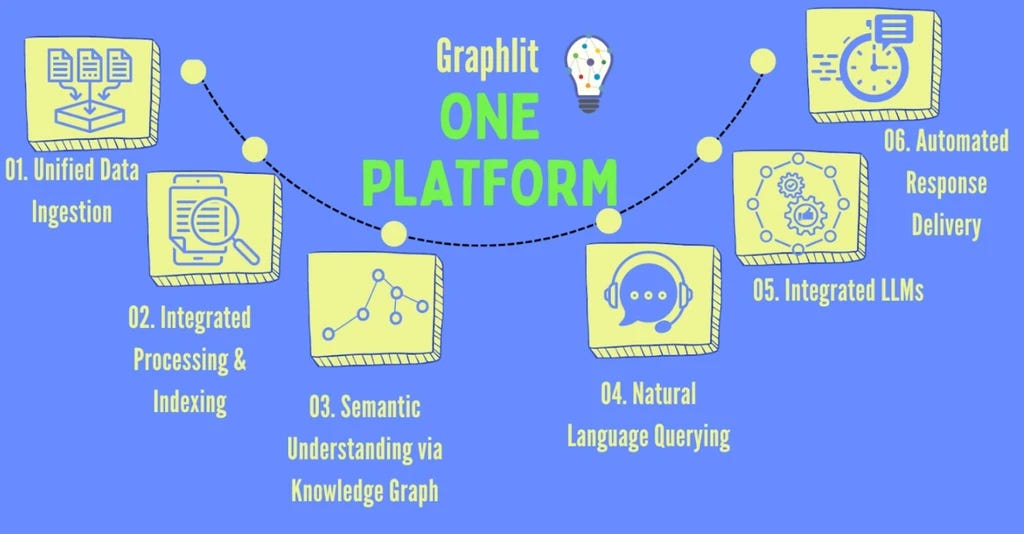Building RAG apps is tough. Can RAGaaS help?
RAG as a Service tools are promising reduced friction and less vendor wiring in an unstable and fragmented RAG landscape
Building a RAG (Retrieval-Augmented Generation) system can be a real headache. Imagine trying to connect many different tools and APIs, only to discover that the documentation is outdated and the sample code doesn't work. It's like trying to assemble a puzzle with pieces from different boxes!
In this edition, we'll explore the complexities of building RAG systems and explore the rise of RAGaaS (RAG as a Service) as a potential solution. We'll also examine a minimal RAGaaS example using Graphlit to show you how it can simplify the process.
The Rise of RAGaaS
I recently found myself on a quest to connect RAGAs, a RAG evaluation framework, with LangChain for a project I was working on. Little did I know I was about to embark on a journey filled with frustration and countless hours of debugging.
In this blog post, we'll delve into the evolution of RAG systems from monolithic models to the intricate web of interconnected components we see today. We'll explore the challenges developers face when navigating the myriad of APIs, data formats, and integration points while ensuring seamless communication and data flow between these components.
We'll also discuss the rise of RAGaaS (RAG as a Service) as a potential solution to these complexities. RAGaaS providers offer fully managed services that handle all aspects of the RAG architecture, allowing development teams to focus on their core application logic and business goals.
By the end of this blog post, you'll have a deeper understanding of the complexities of building RAG systems and how RAGaaS can help alleviate some of these challenges.
LlamaIndex vs. Graphlit: A Technical Comparison for Streamlined Development
Continuing with our comparison of RAGaaS vs rolling your own RAG architecture, we'll put these frameworks head-to-head, comparing their architectures, ease of use, and the challenges developers face when building RAG applications with each tool.
We'll walk through a practical example of building a PDF chatbot using LlamaIndex and Graphlit. You'll see firsthand how each framework handles data ingestion, indexing, retrieval, and integration with LLMs.
In the fast-paced world of AI, choosing the right tool for your project can make all the difference and by the end of this article, you'll have a clear understanding of the strengths and weaknesses of LlamaIndex and Graphlit, empowering you to make an informed decision for your next RAG project!
LangChain vs Graphlit: Building a Q&A System
Continuing with our comparison of LLM Orchestrators vs End to End tools for RAG, we take a look at one of the most popular frameworks: LangChain and how it compares to Graphlit.
Langchain is known for its versatility and wide range of capabilities, allowing you to mix and match various AI components to create custom pipelines. On the other hand, Graphlit offers a more streamlined and integrated approach, abstracting away many of the low-level details and providing a unified platform for building AI applications.
It’s the difference between having a buffet of AI tools or a personal AI chef that takes care of all the heavy lifting for you. We'll walk through a practical example of building a question-answering system using both libraries, so you can see firsthand how they handle data ingestion, processing, storage, and retrieval.
By the end of this comparison, you'll clearly understand which tool is the best fit for your next AI project.
As we wrap up this edition, we hope you're leaving with a clearer understanding of where these tools stand today and where it's headed tomorrow. Until next time, stay curious and keep exploring!








